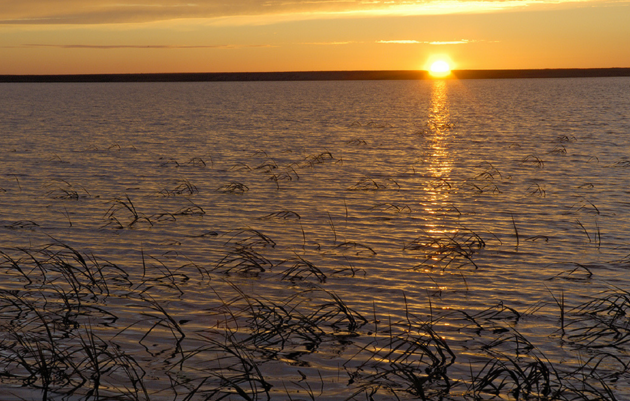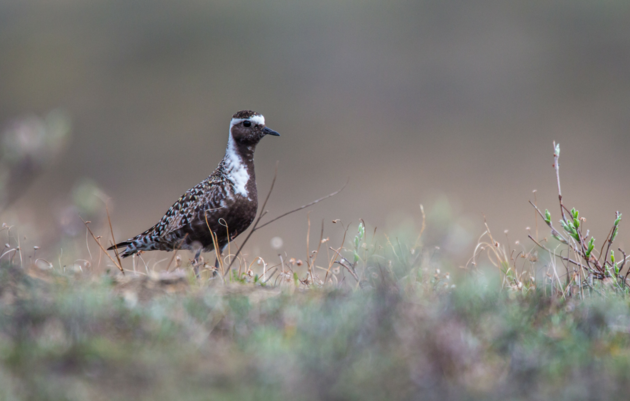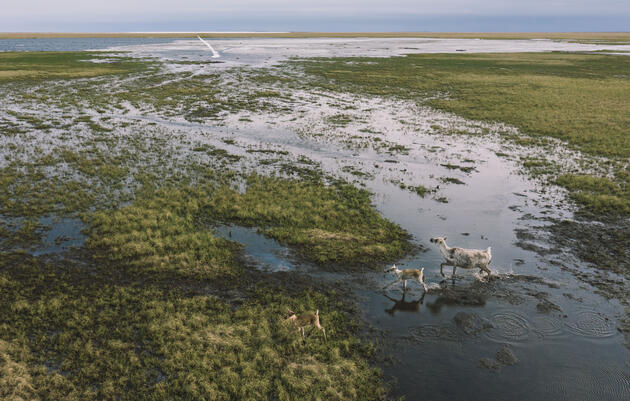In July 2016, Audubon Alaska completed a long-term effort to integrate the best available science into a series of maps highlighting key resources within Alaska's Western Arctic. The resulting publication, the Ecological Atlas of Alaska's Western Arctic, helps the reader explore the landscape and better understand the overlap of wildlife, people, and development to inform conservation and management.
This third edition was completed by Benjamin Sullender and Melanie Smith, with data support from Nathan Walker. It includes new datasets such as climate change projections, vegetation mapping, and future development scenarios. It also includes updated data such as Important Bird Areas, caribou habitat selection, pinniped distribution, and estimated oil resources. The process of developing an ecological atlas sheds light on landscape patterns and significant places.
Download a PDF copy of the atlas here or stop by our office to pick a free hard copy (donations are welcome to cover printing costs, which are approximately $20 per copy). Please call in advance to (907) 276-7034.
Related
Teshekpuk Lake Special Area
Teshekpuk Lake and surrounding wetlands are a globally Important Bird Area within the NPR-A.
National Petroleum Reserve-Alaska
A breakdown of the Special Areas and ecologically important spaces of the NPR-A.
What’s So Special About Alaska’s Special Areas?
And actually, what are Special Areas? Here’s the history of these life-giving zones in Alaska’s Western Arctic, and how Audubon Alaska staff helped to protect some of the most unique places on the planet.
How you can help, right now
Donate to Audubon
Help secure the future for birds at risk from climate change, habitat loss and other threats. Your support will power our science, education, advocacy and on-the-ground conservation efforts.
1% for the Planet
We are proud to be part of the 1% for the Planet network. If you own a business, please consider joining 1% for the Planet to support Audubon Alaska’s conservation efforts.







